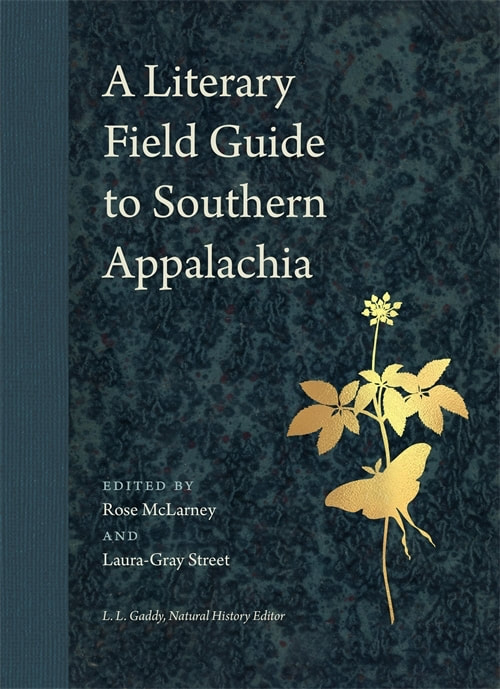Originally published in the Southampton Review
|
Vertical Divider
Let us begin with my hair—
that frizzy, god-forsaken mess sprung like Velcro from my head at thirteen, that hormone- fed explosion of caustic fuzz that laughed in the face of any hair goop or oil or spritz we could find at the dollar store. It was a middle-school tease, a homeroom landing pad for paper planes and spit wads, half-chewed gum and gummy bears, a regular sport at my school with one goal in mind: to make the redneck girl in her high-water jeans cry. My hair, not just unmanageable or unruly or going through a phase but a real fuckin rat’s nest—and that’s just what my mama said, brush in hand. This, friends, is where the learning begins, because what I didn’t know was only one rat builds that kind of miracle nest—only one rat’s a genuine pack rat—and that rat’s made for the land that gave it a name. You see, I was wrong: I thought a rat was a rat was a rat, but I should’ve known better than to call similar beings all by one name, to hate them all the same. This rat’s not the undifferentiated mass gnawing wires of red-lined neighborhoods and subway lines, not those garbage-lickers that make the poor feel dirty no matter how much they clean. No, this rat’s a real forest nibbler, wearing its growing teeth down on ground-fall pecans and mushrooms, caching stems and roots, happy for just what the seasons bring. And here’s what I can’t let go: Despite the talk of rats taking over what we call our world, this rat—forgive us—is nearly extinct. It’s our fault, working hard as we have to pave ourselves over, our best tracts strip-mined or stripmalled, our mountaintops literally removed for a vein of coal, because like a mistreated girl whoring in the back of her daddy’s Chevy, it’s as if we want to throw away what we were given because we were once made to feel it wasn’t worth a damn anyway. This might be about shame, like how I worked so hard to scrub my tongue of the talk that, like me, came up from this mud—like how I once said an old man stashing a decade’s worth of margarine tubs and dirty magazines wasn’t a hoarder but a downright ornery cuss, a pack rat with his trailer-park tupperware and tiddy magazines, or how when I told mama what happened at school, she put down the brush and quit her fussing, said, baby, they’re pea-green with envy is all, don’t you give a rat’s ass. What I mean to say is I grew up and figured how to shellac my hair into something nearly presentable, to trick it into looking like something it’s not, but still, when I look in the mirror, it’s that little girl from Kentucky staring back. No. What I mean is there’s this kind of rat who works on a single nest all its life and lives in that one place til it dies, just as I can’t seem to quit and leave this place behind, no matter how far away I move. No, that’s not quite right. Let me say this plain: What I mean is I once thought myself white trash—that rat of all rats. But now I know I was only listening to the trash I was told. Because a close look at the eastern wood rat reveals a creature maybe messy and more than a little hungry but meant to be here and still holding on, gathering sticks and branches, broken glass and dried shit, crow feathers and rusted cans, wood screws and napkins and candy wrappers, forgotten flannels and cassettes, Barbie limbs and lost gloves, shreds of anything, just anything it can find to survive, all things sacred and profane to keep safe and warm in a place it can call home.
|
A Literary Field Guide to
|


